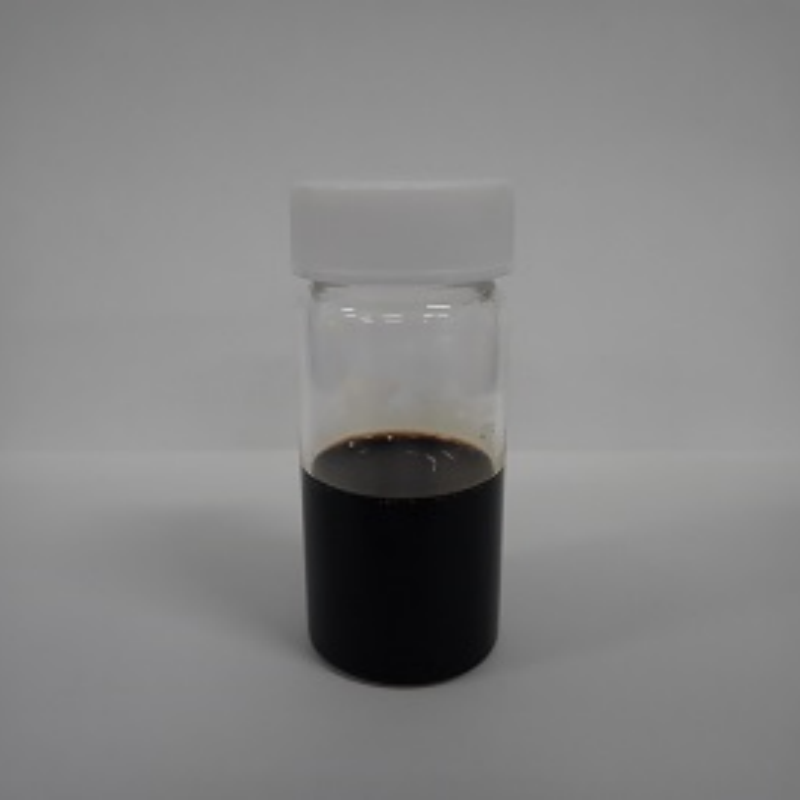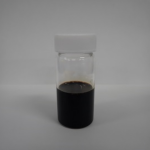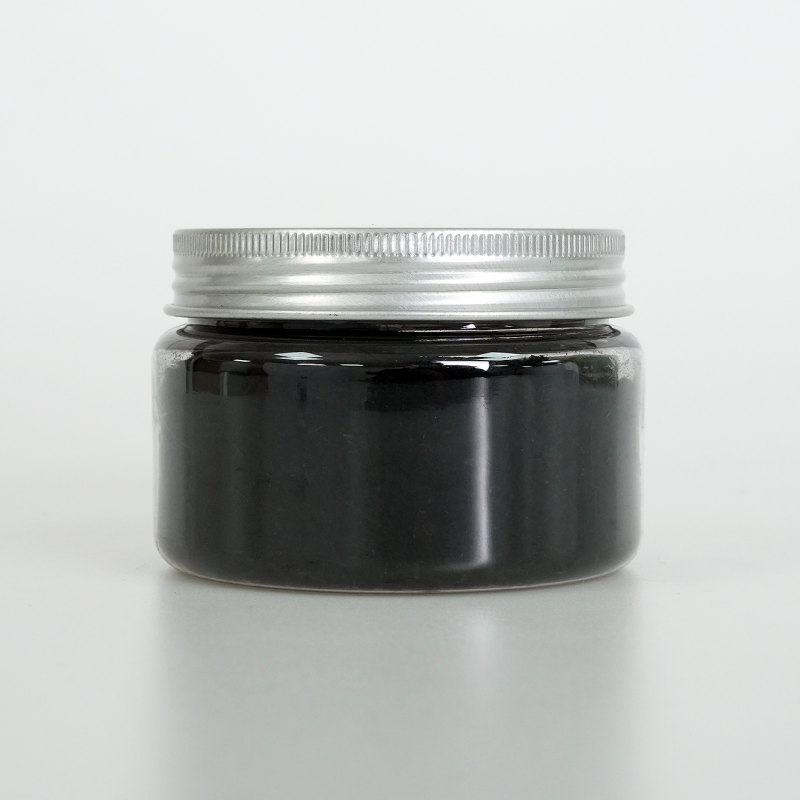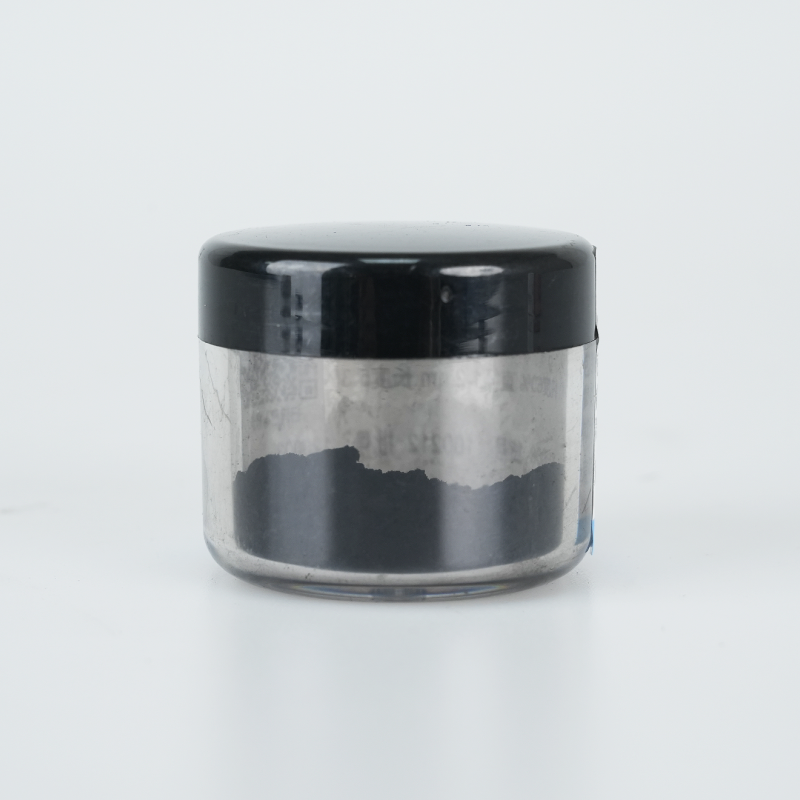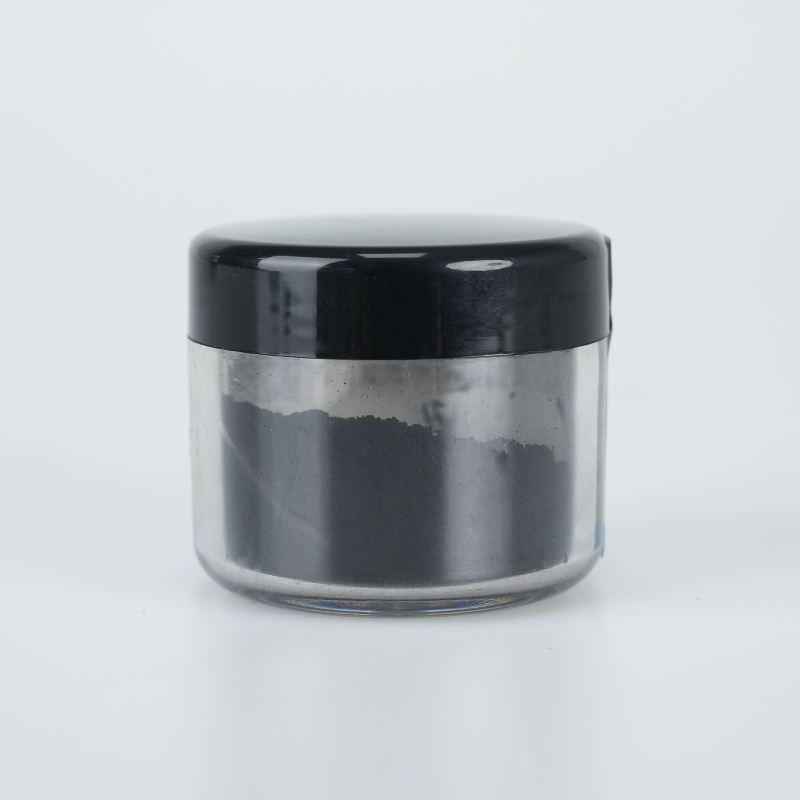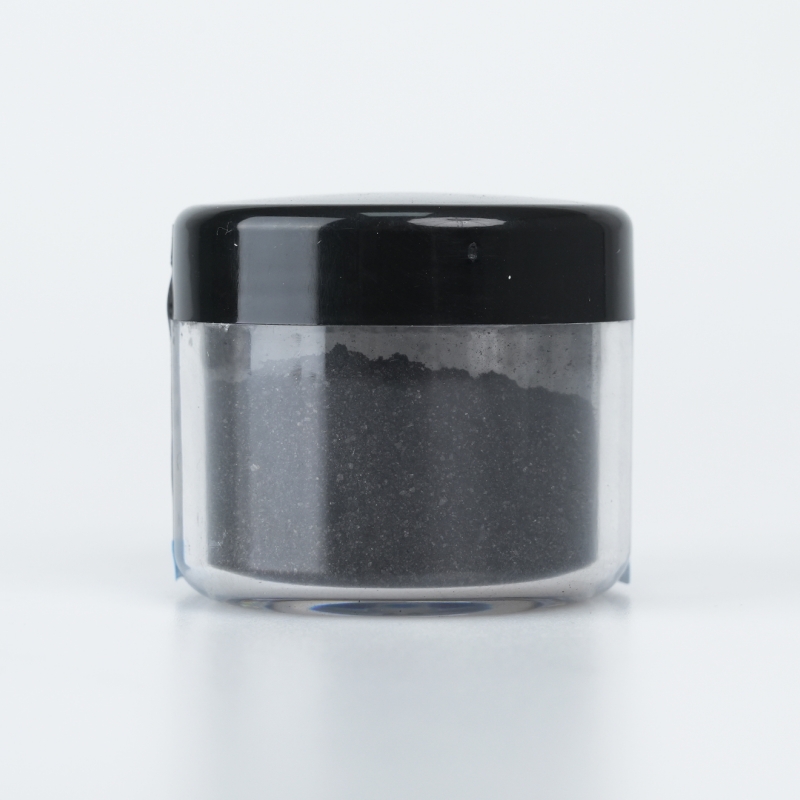Carboxylated Fe₃O₄ magnetic nanoparticles, synthesized via high-temperature pyrolysis, provide optimized surface functionalization, superior dispersion stability, and enhanced magnetic properties. Designed for advanced biomedical and industrial applications, they ensure efficient conjugation, extended durability, and high adaptability.
Product Overview
Carboxylated Fe₃O₄ magnetic nanoparticles (High-Temperature Pyrolysis Method) are modified with DMSA (dimercaptosuccinic acid) molecules, providing good water solubility, stability, and biocompatibility. These nanoparticles have a high surface negative charge, making them suitable for biomedical applications such as drug delivery systems, targeted drug delivery, and contrast enhancement for magnetic resonance imaging (MRI).
Key Features
- High Surface Negative Charge: DMSA molecules form stable covalent bonds with the surface of Fe₃O₄ nanoparticles, imparting a high surface negative charge, which enhances their stability and biocompatibility.
- Hydrophilicity: Carboxylation modification makes Fe₃O₄ nanoparticles hydrophilic, ensuring stability across a wide pH range, making them suitable for various biological environments.
- Stability and Dispersibility: Thanks to DMSA modification, these nanoparticles demonstrate excellent dispersibility and long-term stability, ideal for biomedical applications.
- Biomolecule Coupling Ability: The presence of carboxyl groups on the surface enables these nanoparticles to couple with biomolecules, making them suitable for constructing nanoprobes and biological analysis.
Applications
- Biomedical Applications: With excellent biocompatibility and stability, DMSA-modified Fe₃O₄ nanoparticles can be used as drug carriers, enhancing targeted drug delivery and MRI contrast enhancement.
- Magnetic Hyperthermia (MHT): Under an alternating magnetic field, the nanoparticles can convert magnetic energy into heat, making them useful for cancer treatment through magnetic hyperthermia, offering high biological safety and deep tissue penetration.
- Gene Therapy: These nanoparticles can be used as gene carriers for gene transfection and therapy, promoting gene delivery within cells.
- Material Science: DMSA-modified Fe₃O₄ nanoparticles can enhance the magnetic properties of composite materials, widely used in the development of smart materials and sensors.
- Biomolecule Coupling: The surface carboxyl groups enable coupling with biomolecules (e.g., antibodies, proteins), making them useful for constructing nanoprobes for biological detection and analysis.
| Technical Parameter | Description |
| Form | Brown-black clear aqueous colloid |
| Fe Concentration | Approximately 4 mg/mL |
| Particle Diameter | ~5, 10, 20, 30, 50 nm (TEM), selectable |
| Notes | There are slight variations in diameter and concentration between batches. |
| Particles smaller than 10nm require magnetic separation columns. | |
| Particles around 20nm can be separated by long magnetic attraction (not very effective; for full separation, use magnetic separation columns). | |
| Particles larger than 30nm can be separated directly by magnets. | |
| 50nm particles tend to precipitate and should be treated with ultrasonic before use. |
 new material
new material

